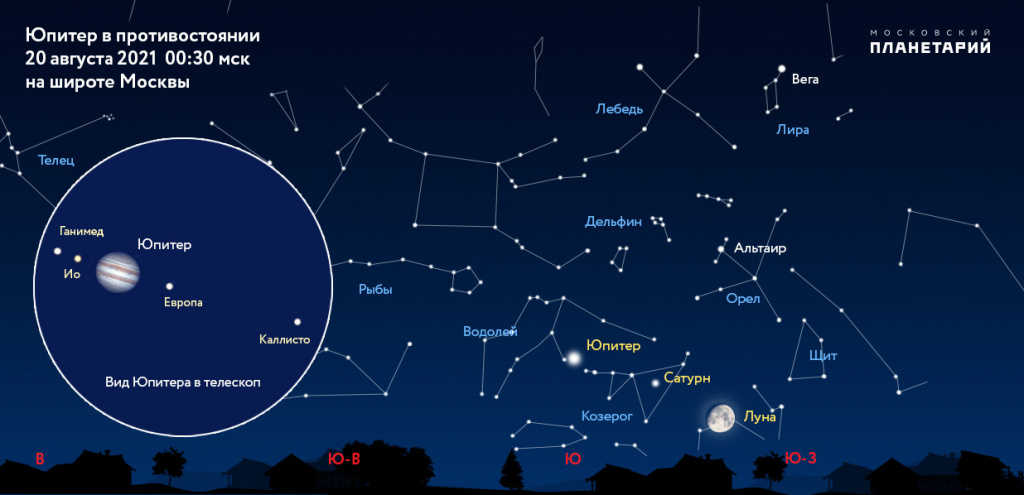
What is the name of one of Jupiter’s satellites?
Out of all the planets in the solar system, Jupiter holds the title for being the heaviest. In fact, the combined mass of all the other celestial bodies is only 2.5 times less than that of this massive gas giant, which is named after the powerful Roman god of thunder. While much about Jupiter’s interior…



















